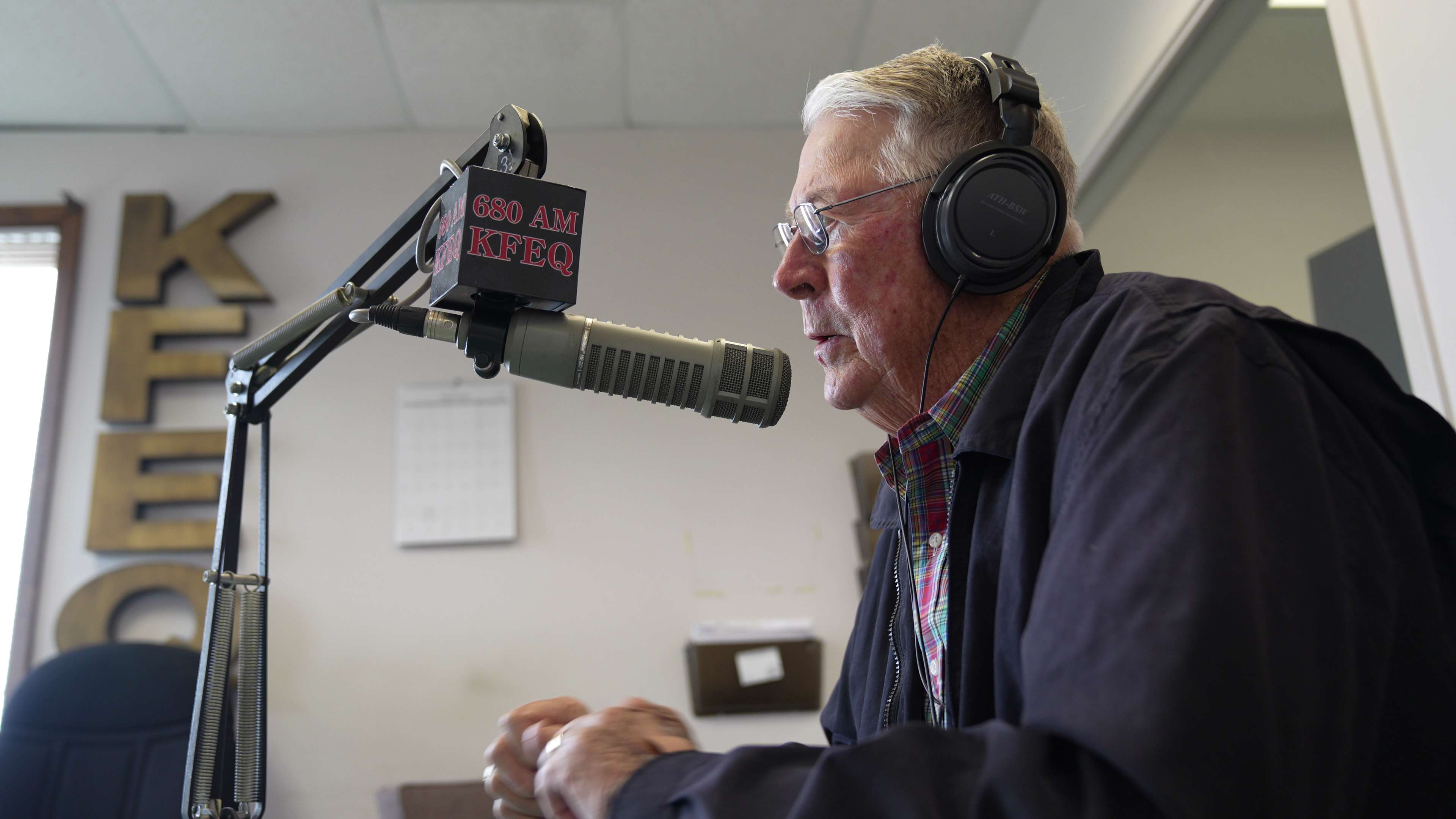
By BRENT MARTIN
St. Joseph Post
St. Joseph held out longer than most, but the stockyards here bowed to the changing agricultural landscape and closed last year.
Former KFEQ General Manager Gene Millard says the St. Joseph Stockyards had a tremendous economic impact on St. Joseph.
“The Stockyards and the St. Joe Grain Exchange were the two economic drivers of St. Joe and in terms of dollars and cents, it’s hard to really imagine what economic power was generated through the Stockyards,” Millard tells host Barry Birr on the KFEQ Hotline.
Producers would sell their livestock at the stockyards, then go to the Exchange Building next door to pick up their check.
Millard says it was called the Exchange Building for a reason.
“But it was an exchange between our production that we had here in what I call the Midland Empire. It’s not just northwest Missouri (but) northeast Kansas, southeast Nebraska, southwest Iowa migrated to here, because this is where the transportation links came in,” Millard says.

Millard says it was not unusual in the 1940s, 50s, and 60s for the St. Joseph Stockyards to handle 10,000 head of cattle daily early in a week along with 10,000 head of hogs.
Millard recalls a commodity firm in the late 70s installing a trading floor with an electronic board in the Exchange Building.
“It actually, mechanically, changed prices. And it went click, click, click, click up and down,” Millard says. “And people would sit in the chairs and watch that board for hours, knowing what the market was doing, whether it was going up or going down, and wishing they’d placed their bet. It was almost like Las Vegas actually.”
Times have changed, though. The old St. Joseph packing companies no longer operate in south St. Joseph. Livestock producers can sell at other avenues.
Millard says he was not terribly surprised when the stockyards decided to sell its land and cease operations in St. Joseph.
“It’s fairly unusual for a stockyard to be sustainable in an urban area with today’s regulatory environment,” according to Millard. “Because, the Chicago Stockyards closed years ago. The Kansas City Stockyards closed years ago, some of its damaged by the flood. Omaha closed; Sioux City. So, up and down the river, the marketing structure just totally changed.”
A local production company, Coin in a Log Creative, has produced a documentary on the closing of the stockyards, called “Sold – An American Stockyards Story” that will be released soon.






